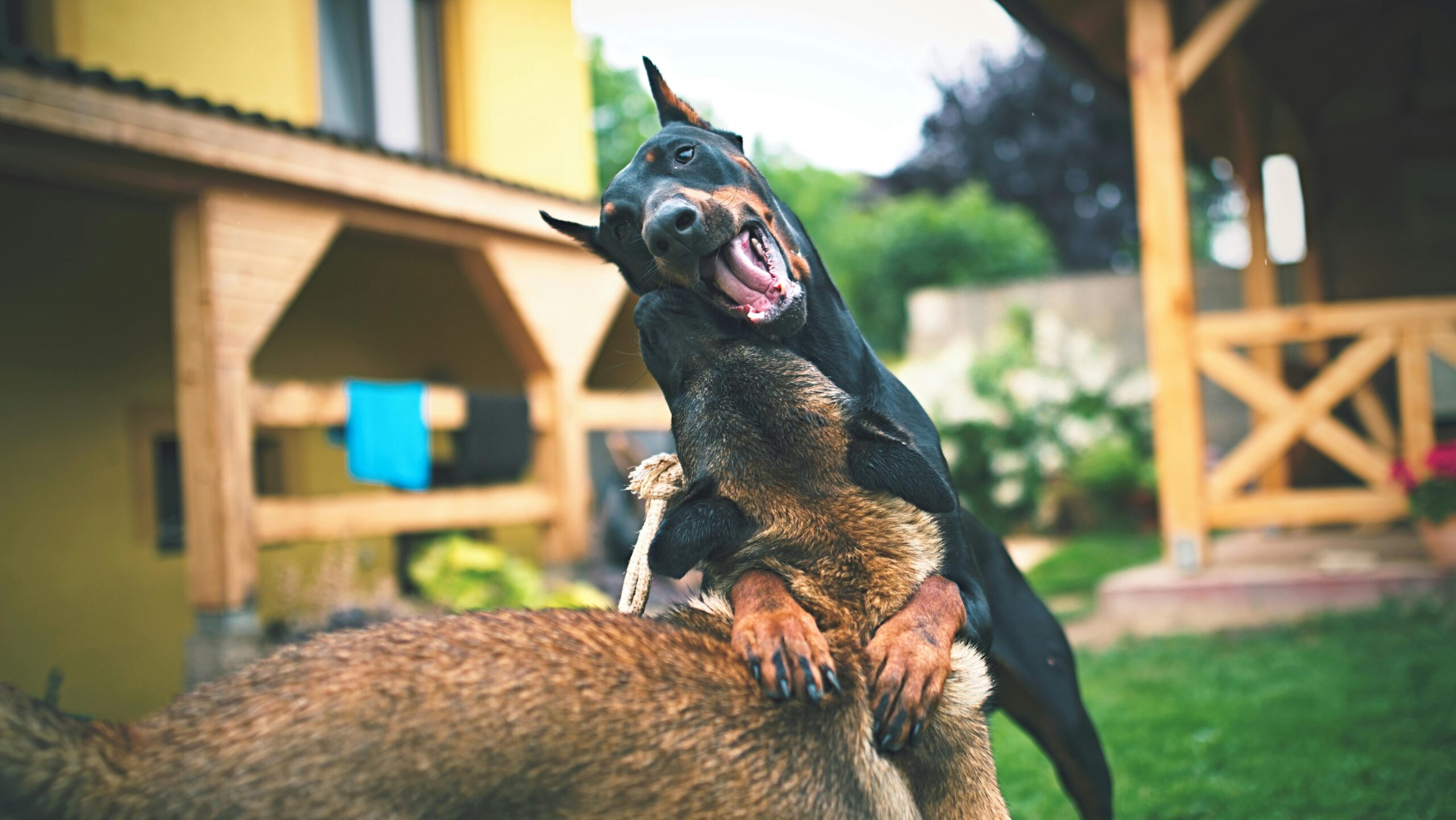What Is Rabies Post Exposure Prophylaxis?
Rabies post exposure prophylaxis (PEP) is a life-saving treatment given after contact with saliva from potentially rabid animals. This contact can happen through bites, scratches, or saliva entering broken skin or mucous membranes. Prompt treatment prevents the development of rabies, a fatal disease.
You can ask your own question to a licensed healthcare provider here for free. It may take up to 7 days to get an answer. If you want a consultation in minutes, book now with Hope+ our premium and best health consultation service in Uganda.
How to Manage Exposure: Dealing with the Animal
- If the animal is identified and caught:
- Confirm if it is a domestic animal and check its rabies vaccination status.
- If no vaccination information or if the animal is wild, quarantine it for 10 days (dogs, cats, endangered species).
- If the animal shows no signs of rabies after 10 days, it can be released and vaccination stopped.
- If the animal shows signs of rabies, it should be humanely euthanized and the head sent to the Veterinary Department for testing.
- If the animal cannot be identified:
- Assume it is infected, and the patient is at risk.
- Important notes:
- Eating properly cooked meat from a rabid animal is not harmful.
- Animals at risk include dogs, cats, bats, and wild carnivores.
- Non-mammals cannot carry rabies.
How to Manage Exposure: Treatment for the Patient
- The recommended treatment combines:
- Thorough local wound cleaning,
- Passive immunisation with rabies immunoglobulin (RIG),
- Vaccination with rabies vaccine (RV).
- If rabies immunoglobulin is unavailable, vaccination alone should still be given.
- Even if a patient presents months after exposure, treatment should proceed as if recent.
- The type of treatment depends on the exposure type and condition of the animal.
Local Wound Care
- Clean wounds promptly and thoroughly to reduce infection risk.
- Rinse mucous membrane exposure with water or normal saline.
- Deep wounds require tetanus toxoid vaccination if not given in the last 10 years.
- Do not suture the wound.
When to Give Rabies Vaccine and Immunoglobulin
- If the animal tests positive for rabies or cannot be tested, start vaccination ± immunoglobulin immediately.
- The decision to vaccinate depends on the nature of exposure and the animal’s condition, as detailed below.
Recommendations for Rabies Vaccination and Immunoglobulin
| Exposure Type | Animal Condition | Action at Exposure Time | Action After 10 Days |
|---|---|---|---|
| Saliva contact with intact skin (no lesion) | Healthy | Do not vaccinate | — |
| Rabid | Vaccinate | — | |
| Suspect or unknown | Vaccinate | — | |
| Saliva contact with skin lesions or minor bites | Healthy | Do not vaccinate | — |
| Rabid | Vaccinate | — | |
| Suspect or unknown | Vaccinate | Stop course if animal healthy | |
| Saliva contact with mucous membranes or serious bites (face, head, fingers, multiple bites) | Rabid or suspected rabid | Vaccinate and give immunoglobulin | Stop if animal healthy |
Rabies Vaccination Schedule in Uganda
- Vaccine used: Purified VERO Cell Culture Rabies Vaccine (PVRV).
- Vaccine and immunoglobulin are costly and should be used only when clearly indicated.
Post-Exposure Vaccination for Unvaccinated Patients
- Use the 2-1-1 intramuscular (IM) regimen:
- Day 0: One dose (0.5 ml) in each arm (right and left deltoids)
- Day 7: One dose IM
- Day 21: One dose IM
- Vaccine doses are given in the deltoid muscle (or thigh in young children). Avoid the buttocks.
Alternative: Intradermal (ID) Regimen
- Requires smaller doses (0.1 ml each), special training, and compliance with follow-up.
- Schedule:
- Day 0: 0.1 ml ID in each arm
- Day 3: 0.1 ml ID in each arm
- Day 7: 0.1 ml ID in each arm
- Day 28: 0.1 ml ID in each arm
- Less expensive but needs proper administration and follow-up.
Vaccination for Previously Vaccinated Patients
- For those who completed a rabies vaccination series in the last 3 years:
- Day 0: One booster IM or ID dose
- Day 3: One booster IM or ID dose
- Incompletely vaccinated or immunosuppressed individuals should receive the full post-exposure course.
Rabies Immunoglobulin (RIG) Use
- Given in high-risk exposures within 7 days of the first vaccine dose.
- Not given to patients previously immunised.
- Dosage: 20 IU/kg max.
- Inject as much as possible around the wound; remainder given intramuscularly.
- Start rabies vaccination simultaneously but inject vaccine at a site away from the RIG injection.
Pre-Exposure Immunisation for High-Risk Individuals
Recommended for people with high rabies exposure risk such as:
- Laboratory staff working with rabies virus
- Veterinarians and animal handlers
- Wildlife officers and zoologists
Schedule:
- Day 0, Day 7, and Day 28 — one dose IM or ID each day.


